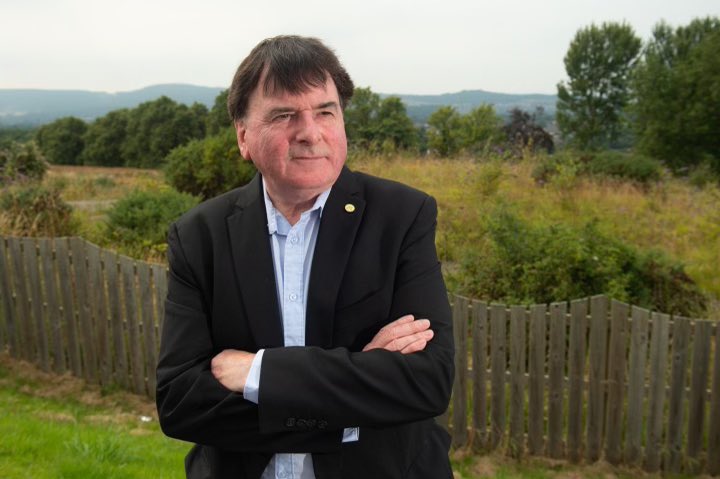Highland Council has reported strong progress on its Community Wealth Building strategy, with new figures showing meaningful action to keep economic benefits close to home.
At this week’s meeting of the Economy and Infrastructure Committee, councillors were updated on how the Council’s approach is reshaping economic development, making sure communities, not corporations, see the long-term rewards.
The strategy is rooted in five core areas: spending, workforce, land and property, financial power, and inclusive ownership.
It is a model designed not just to attract investment, but to ensure that wealth generated in the Highlands stays in the Highlands.
“This update demonstrates our commitment to building a fairer, more inclusive Highland economy,” said Councillor Ken Gowans, Chair of the Committee.
“By embedding community wealth building into everything we do, from procurement to planning, we’re ensuring that local people and businesses benefit directly from economic activity.”
One of the clearest changes so far has been in procurement.
Since the Community Benefit Policy was introduced last September, every Council contract must now include fair work principles and community benefit clauses.
A new Highland Project Bank is also being developed, linking private sector contributions to real community-led initiatives.
In workforce development, eight major employers have already signed up to the new Highland Employer Charter.
The Council is also piloting innovative childcare solutions to help more people in rural areas take up and stay in work.
The housing crisis is being tackled head-on too.
Through the Highland Housing Challenge, over 250 potential development sites have already been identified, with an ambitious target to deliver 12,000 new homes in the next ten years.
Talks are ongoing with the Scottish National Investment Bank about a joint venture model to accelerate delivery.
In renewable energy, community benefit is being built into every stage.
The Highland Social Value Charter is guiding this work, helping to ensure that clean energy brings long-term financial return to local people.
New tools are also helping communities shape the future directly.
Area Place Plans are now active across nearly all committee areas, giving communities a greater say over local development, spending and infrastructure.
The Council continues to back community ownership models and support small enterprises as key pillars of long-term resilience.
It’s all part of a wider effort to reshape how economic growth is defined, not just by numbers, but by local impact.
The Council is working with regional and national partners, including the Highland Community Planning Partnership and the Scottish Local Authorities CWB Network, to share ideas and scale up success.
The next formal update is due in early 2026, but monitoring and evaluation are now built in across Council services to keep momentum strong.
At the heart of it is one simple goal, to grow a Highland economy that works for Highland people.





